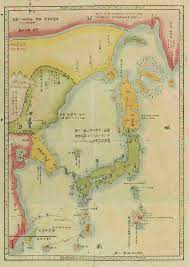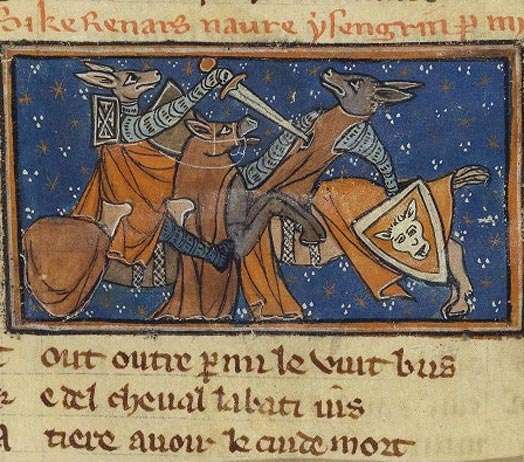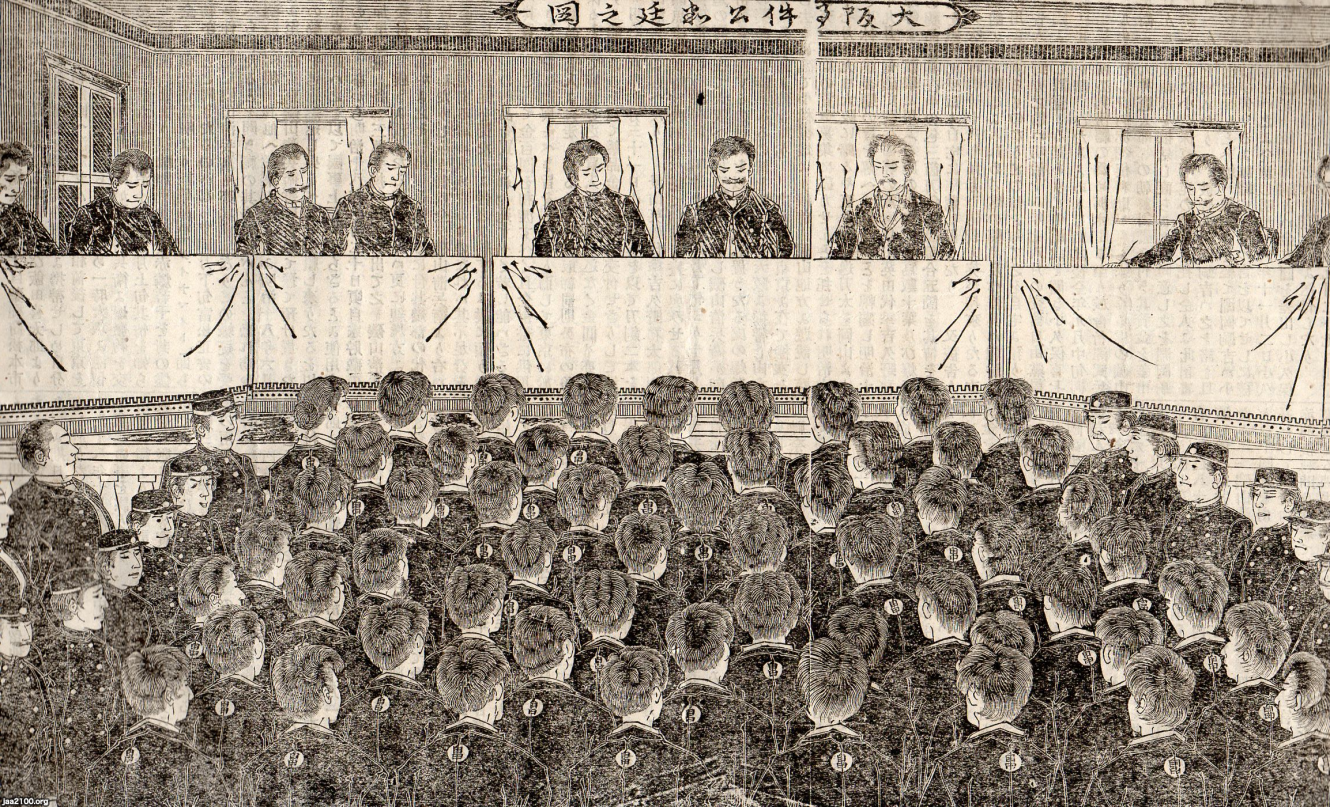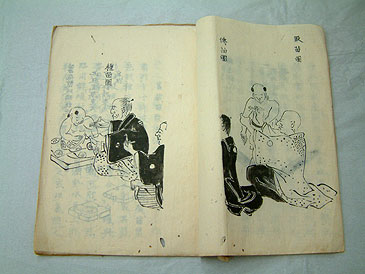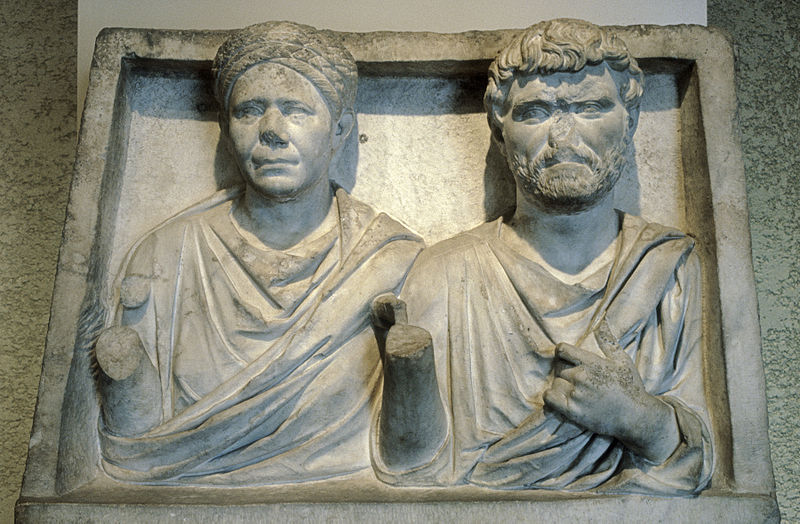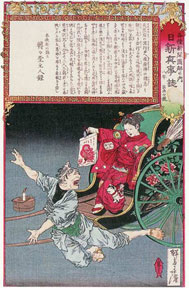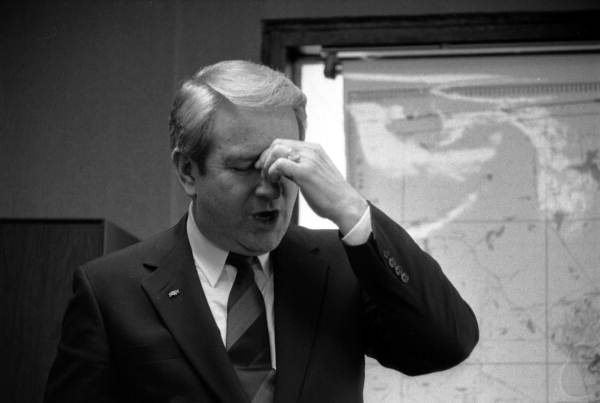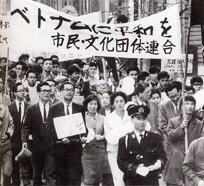Japan would seize control of German Micronesia in the fall of 1914, but Japanese interest in the region goes back centuries further. This week: how did Japan get from disinterest in the nebulously defined ‘Southern Seas’ to active military operations to take control of them?
We’re exploring the history of crime fiction with Reynard, a rascal whose exploits are definitely not the sort of behavior you’d expect from a cute talking fox today. How did our vulpine antihero go from a murderous rapist to a cuddly kids’ character? Why did Walt Disney keep trying to make a movie about one of fiction’s nastiest criminals? And how long is Isaac willing to listen to descriptions of medieval butt jokes before he begs Demetria to wrap up this episode?
The bizarre story of an attempted coup in Korea that, along the way, touches on everything from Japanese liberalism to the birth of overseas empire.
If the first translation of a text on smallpox vaccination in Japan was finished in 1820, how did it take another 29 years for the first mass vaccination campaigns to begin? The answers involve everything from a German doctor accused of being a spy to networks of physicians trying to navigate obscure bureaucracy. And they might remind you more of the last few years than you’d think.
We’re heading to the Roman Republic for two stories about women getting their day in court. Asking the gods to put a supernatural hit out on your illicit lover, that’s a-okay according to the Romans. But being a sugar baby? That’s against the law.
The elimination of smallpox is probably one of the greatest medical accomplishments in human history. The vaccine that made it possible, however, was invented during a time of isolation for Japan. So how did the vaccine make it to Japanese shores, and what does that story tell us about public health, the sharing of information, and the nature of society in late feudal Japan?
We’re looking at the implosion of the Japanese New Left with a focus on the factional conflicts of the Zengakuren. How did a student youth movement end up divided into 20+ factions, the two largest of which engaged in a multi-decade war of assassination and street violence against each other? And how might that be connected to the general decline of Japan’s left-wing opposition more broadly?
We’re starting the year off with a civil law case involving some very uncivil language. One of our nation’s most important legal battles over the First Amendment was a battle between a Nyquil-chugging preacher and an American flag diaper-wearing porn publisher. Does the right to free speech protect your right to be really, really gross?
We’re looking at a very different kind of 60s protest movement: an attempt to build a cross-sectarian, non-ideological movement to oppose the American war in Vietnam. How did the anti-Vietnam War movement emerge in its Japan, and how did it simultaneously grow to a massive size and fail to have any appreciable political impact?
On a lonely island off the coast of North America, one man shot another man’s pig for eating his potatoes. The legal question of who had the right to arrest him nearly upset the fragile peace between two nations.
